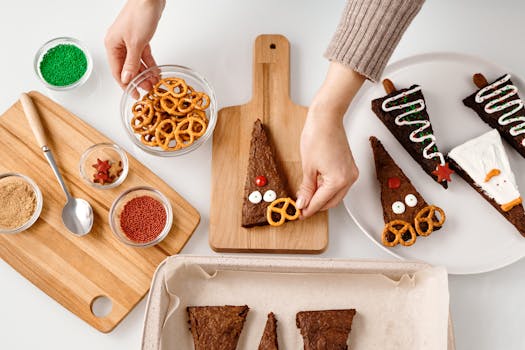Benefits
Lower Fat Alternative
Versatility in Cooking
Fiber Content (when made with whole grains)
Get creative with pretzels
Transforming pretzels into a crust for a savory quiche or cheesecake adds an unexpected twist, combining crunchiness with creamy fillings for a delightful contrast
Crushing them into a fine powder, pretzels can also act as a unique breadcrumb alternative for chicken, fish, or vegetables, offering a salty crunch to the exterior
For dessert lovers, melting chocolate over pretzel pieces creates a sweet and salty snack, or pretzels can be incorporated into brownie or cookie batter for an extra texture and flavor dimension
Additionally, finely ground pretzels mixed into dough or batter can give breads, muffins, or pancakes a subtle salty-sweetness and interesting texture
Lastly, pretzels can be used as a base for homemade energy bars, combined with nuts, seeds, and dried fruits, providing a satisfying crunch and balancing the sweetness
Something you can make with pretzels
Origin
The exact origin of pretzels is unclear, as their history dates back several centuries. However, pretzels are believed to have originated in Europe, specifically in the region that is now known as Germany. The first known depiction of a pretzel was found in a manuscript from the year 1111, in a monastery in Southern France. \n\nLegend has it that pretzels were created by Italian monks in the early Middle Ages. They would use leftover scraps of dough and shape them into a twisted knot to represent a child's arms folded in prayer. These twisted knots were then baked and given to children as rewards for their good behavior and prayers. \n\nThroughout the centuries, pretzels gained popularity and spread across Europe, becoming especially popular in Germany. They were often associated with religious symbolism and were commonly served during Lent, as they were made with simple ingredients and did not contain eggs or dairy products.\n\nPretzels eventually made their way to America, brought by German immigrants in the



